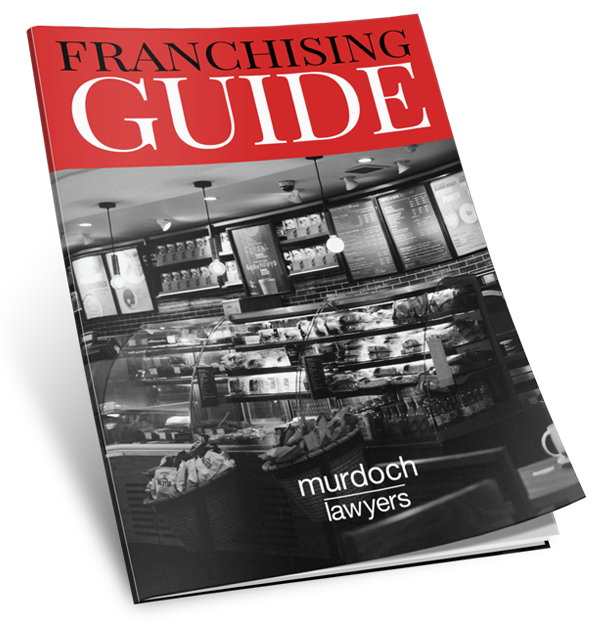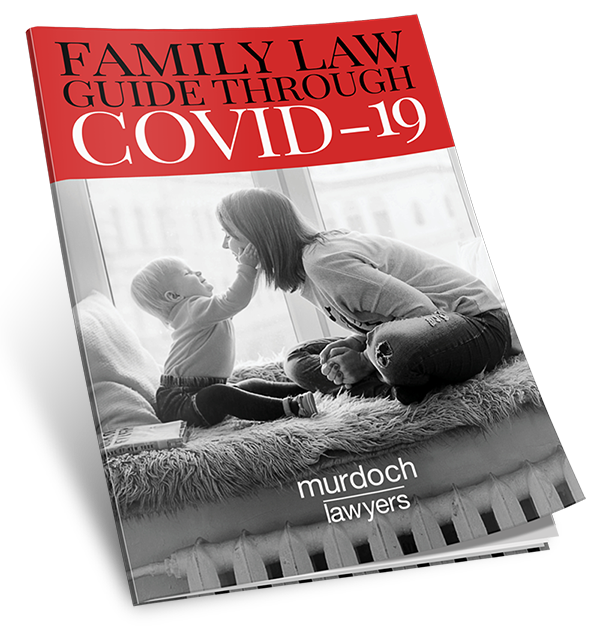
Superannuation payments have historically been very ‘clear cut’ as far as the potential recipient of a death benefit payment is concerned. However, a recent decision of the Superannuation Complaints Tribunal (SCT) suggests that leniency may be granted under the right circumstances.
The SCT deals with disputes that arise relating to superannuation contributions and payouts if the superfund’s own internal resolutions department has been unable to settle the issue. A common matter to come before the SCT is who is to receive a deceased’s death benefit payment when:
- there is no current binding nomination; or
- the current binding nomination is invalid.
A recent case before the SCT fell into the first category.
The Facts
The deceased had died without a Will and without a binding nomination in place. The superannuation Trustee had made a determination to pay 100% of the death benefit proceeds to the deceased’s fiancé as ‘de facto spouse’. This was challenged by the deceased’s father on the basis that even though the fiancé had purchased a home with the deceased and had a wedding date set – they were not yet living together and, accordingly, she did not meet the definition of a de facto spouse. The father submitted that the death benefit proceeds should instead be paid to him as Legal Personal Representative of his son’s estate. The critical issue being that if the proceeds were paid to him to be distributed under the rules of intestacy set by the state legislation, the fiancé would not receive anything.
The Outcome
The SCT substituted the superfund Trustee’s decision to pay 100% of the death benefit to the fiancé as a de facto spouse with a decision to pay 100% to her as the deceased’s dependent.
A pivotal point in this matter is that both the superannuation Trustee and the SCT noted that the fiancé was the only person who, at the date of death, had an expectation of regular and ongoing financial support from the deceased.
Interestingly, as the SCT determined that the fiancé was a dependent of the deceased, it was not necessary to discuss whether the fiancé did/did not qualify as a spouse.
This case demonstrates a welcome progression from the typically black/white treatment of superannuation determinations. Although it is a sign that the future may be more lenient and focused on the deceased’s intentions (rather than the technical legislative requirements), the recipient of what is often a person’s most significant asset is not something that you want to leave to chance.
Lessons to be learnt
- Make sure you have current, valid estate planning documents in place – a Will and Enduring Power of Attorney as a minimum. If the deceased had made a Will, the above situation could have been avoided; and
- If you prepare a Binding Death Benefit Nomination (which we recommend that you do), it is critical to check that the people you nominate are actually eligible to receive your superannuation and are classified correctly (i.e. spouse vs dependent). If you are unsure if the people you have nominated are eligible superannuation dependents, you should seek legal advice.




